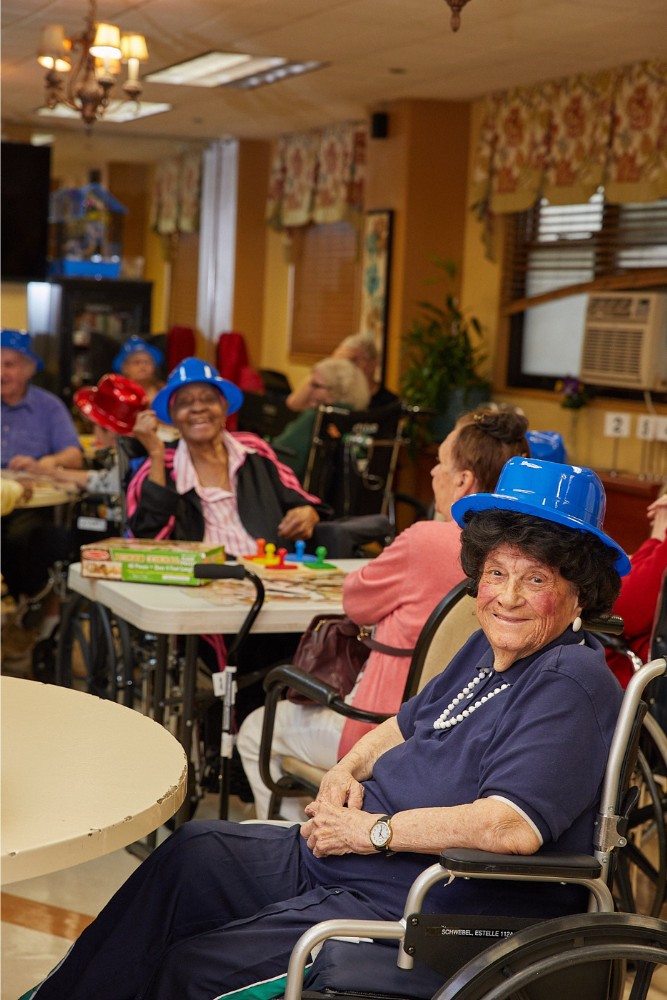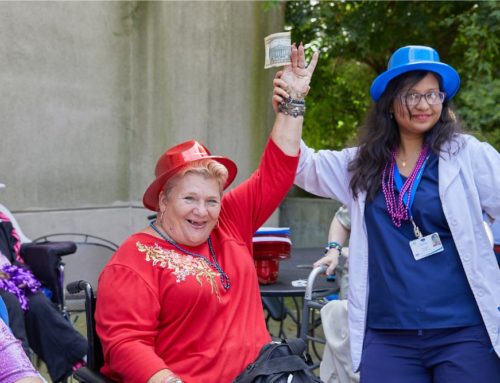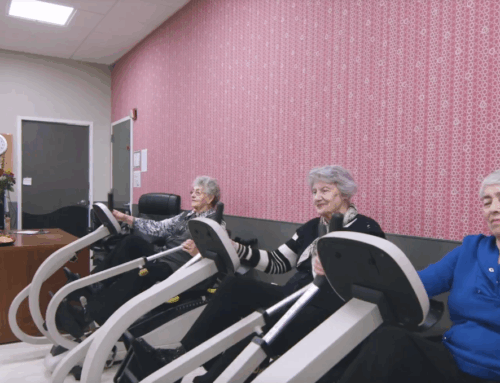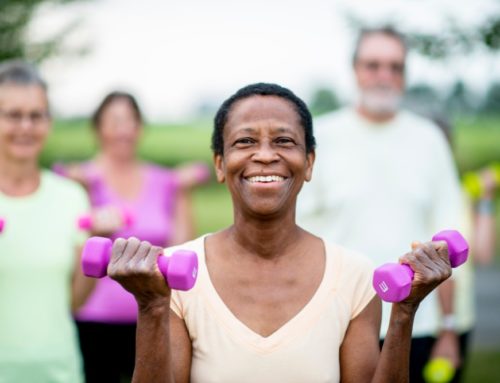5 Wheelchair Physical Activities That Boost Strength
Muscle loss and reduced strength are common among wheelchair users. Though such issues frequently affect the lower limbs, the upper body may also experience weakness. However, incorporating physical activities specifically designed for wheelchair users could improve your condition. Not only do these strengthen your body, but they also boost mental and emotional health.
Fairview Rehab and Nursing Home in Queens, NY, offers a variety of indoor and outdoor recreation activities for patients in wheelchairs. These are fun for everyone and offer several therapeutic benefits for your body and mind.
Best Physical Activities for Wheelchair Users
While exercise needs are individual, resistance bands can be especially beneficial for people in wheelchairs, as they help improve body strength. Regular physical activity is crucial for preventing health complications, but choosing exercises tailored to each person’s abilities is equally important.
For instance, some weight training options are available for those with disabilities. Tai chi involves graceful movements and controlled breathing and is customizable to match your seated positioning. The following activities are also wheelchair-friendly and, with proper dedication, could increase strength.

1. Chair yoga
Wheelchair yoga is an adaptive physical activity for those unable to perform standard poses. The program is tailored for those with various disabilities, including partial paralysis, MS, stroke, and other restrictive conditions.
Chair yoga offers many of the same benefits as regular yoga. It increases muscle strength, flexibility, balance, and coordination with minimal risk of injury. You may also notice lower stress and anxiety levels as your mind-body connection deepens.
2. Chair aerobics
Wheelchair aerobics is a popular physical activity among wheelchair users. As well as increasing strength, these exercises have several other benefits. According to experts, it reduces body fat, cholesterol, pain, insulin sensitivity, and cardiovascular disease. It also increases circulation and respiratory function.
Another advantage of seated aerobics is the program’s adaptive nature. A professional trainer or therapist can offer the best exercises to match your abilities.
3. Seated Zumba
Zumba combines the fun of dancing with the health benefits of exercise. It’s low impact, easy to follow, and perfect for all ages. Best of all, you can enjoy fantastic music while improving your health.
Like other physical activities, Zumba is adaptive for those with disabilities requiring wheelchairs. Seated dance steps and upper body movements work your body. You can also eliminate or alter the motions you can’t perform.
4. Stretching exercises
Walking stretches the body naturally, improving circulation, heart rate, range of motion, and energy levels. Unfortunately, wheelchair users don’t gain these physical benefits from this activity.
Instead, they need to add stretching activities to their routine. No special equipment is required, so you can use a doorway, grab bars, or the floor to improve flexibility and strength. A physical therapist can show you the best movements to reach your goals.
5. Resistance band workouts
Studies show that resistance band activities improve physical fitness levels in wheelchair users. The participants showed increased strength, flexibility, endurance, and lung capacity after six months.
In fact, despite the simplicity of resistance bands, they are as effective for building muscle as more complex exercise equipment. These bands can also be used by anyone, even those with disabilities, since they don’t require complicated movements.
Those in wheelchairs have varying mobility limitations affecting their abilities to exercise. Of course, these restrictions don’t rule out physical activities completely.
Physical and occupational therapies also help to improve strength, balance, flexibility, and skill recovery for those using wheelchair. Education on the best exercises for your condition is also useful to find out more about the options available.
Resources:
- PubMed Central, July 19, 2022, Wheelchair Tai Chi Ball Exercise for Improving Neuromuscular Function of Older Adults With Disability
https://pmc.ncbi.nlm.nih.gov/articles/PMC9344890/ - WheelPower, Adaptive Yoga
https://www.wheelpower.org.uk/sports/yoga/ - PubMed Central, Sept. 8, 2017, The health benefits and constraints of exercise therapy for wheelchair users
https://pmc.ncbi.nlm.nih.gov/articles/PMC5594262/ - YMCA, Class Spotlight: Zumba and Zumba Gold
https://www.ymcanorth.org/blog/2019/07/23/900276/class_spotlight_zumba_and_zumba_gold - Norcalsci, Dec. 4, 2017, The Benefits of Stretching and Exercising for Wheelchair Users
https://norcalsci.org/news/2017/12/3/the-benefits-of-stretching-and-exercising-for-wheelchair-users - Cleveland Clinic, May 4, 2022, How Effective Are Resistance Bands for Strength Training
https://health.clevelandclinic.org/should-you-try-resistance-bands-for-strength-training - PubMed, June 19, 2014, An elastic band exercise program for older adults using wheelchairs in Taiwan nursing homes
https://pubmed.ncbi.nlm.nih.gov/25037651/
This article contains informational and educational materials and does not replace health or medical advice. For questions or concerns regarding your medical condition or health objectives, speak to a qualified physician or healthcare provider.






Leave A Comment